Yesterday I came across another very interesting documentary on Amazon Prime about which I´d like to talk a bit and certainly suggest this to watch for you too. Sustainablitiy, environmental impact and issues with pollution are big-time topics nowadays. As long as it is not just the usual greenwashing, I find this not just interesting but imperative, for all of us, to become aware of the price that is paid (and not just by the environment) so that we can have fun sailing on the water. “Into the Gyre” is a film made in 2012, so it´s not the newest, yet, it is as up-to-date and acute as ever. Because. Well. Nothing has changed really, except for the worse.
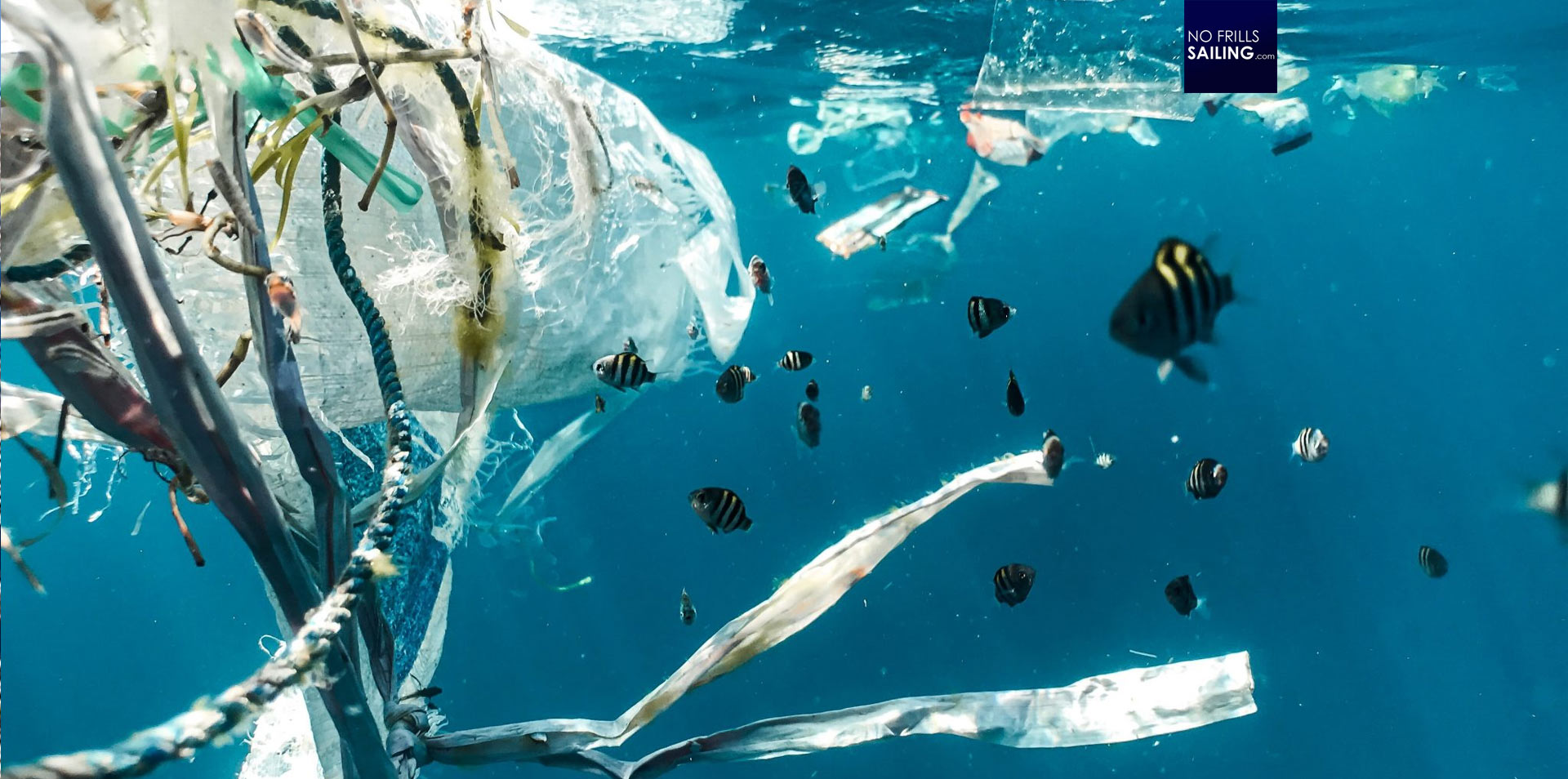
I know, you may grasp in a sigh, not again, you might think: It has become worse that in the Catholic church, environmentalist fundamentalists aggressively pushing a weird agenda, working with buzzwords like “sin” and “guilt”. Well, refreshingly enough you may lay back and behold: This 44 minute film by New York film maker Scott Elliot will neither ring the bell and cry wolf, nor will it make you feel bad. Of so many documentaries about pollution and the environment, Scott Elliot accomplishes an extraordinary balancing act of conveying serious information without accusing, eco-shaming or painting a catastrophic picture of a world ending.
Clearing up alarmist misconceptions about plastic pollution
“Into the Gyre” can be best understood when you take into account that – like it is done with so many issues – most of the information we god fed or might think are true about the great garbage patches in the oceans are just plainly wrong, or the least, exaggerated. This is the first learning which I found so compelling: The so-called “garbage patch” in reality is a gyre of microplastic slowly turning in about five areas of the world (later more). The documentary´s protagonists make it clear from the beginning – most of the pictures associated with these giant vortexes are wrong, like this one:
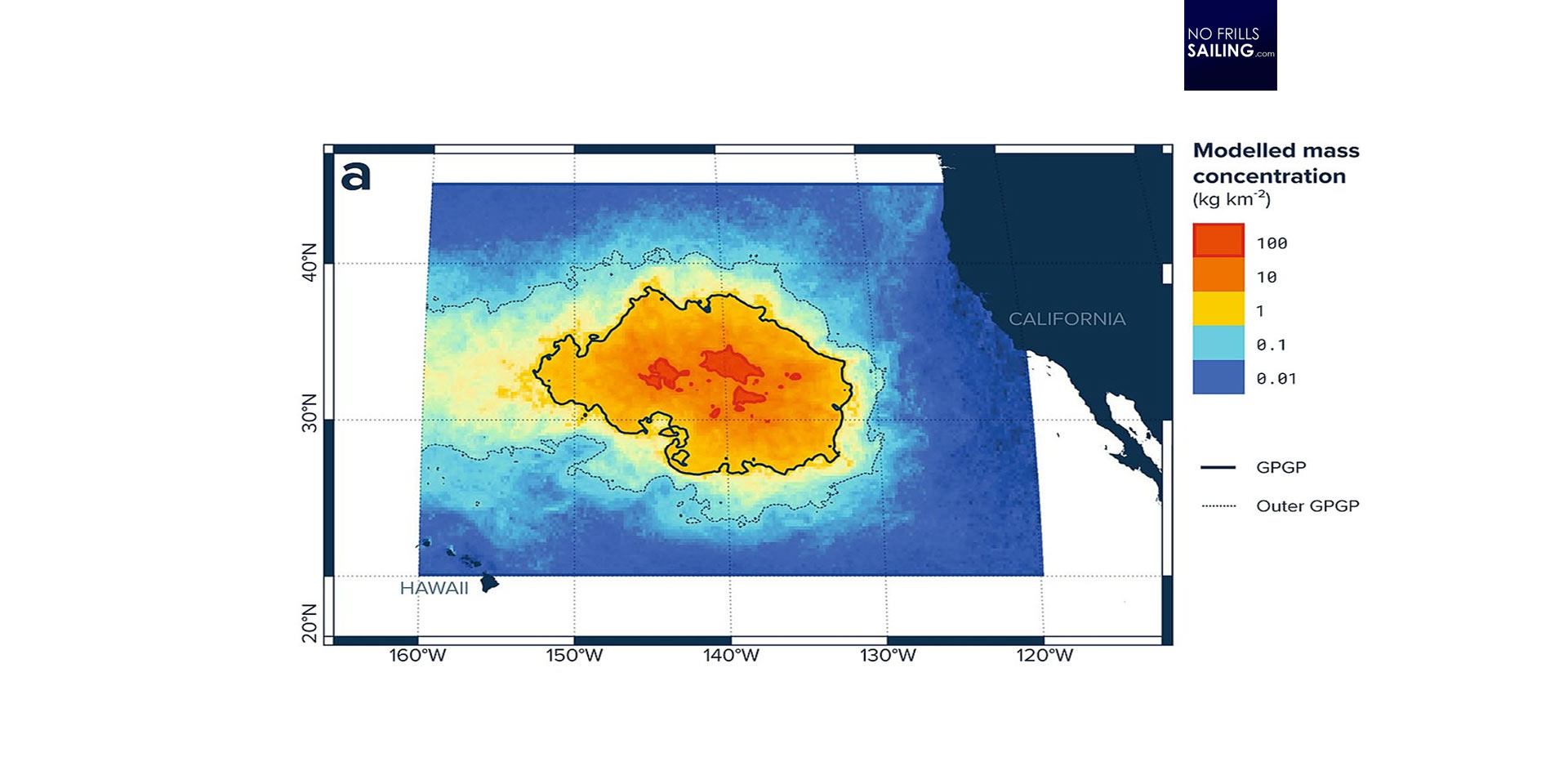
That said, most pictures showing marine pollution with plastics are taken in coastal areas, estuaries of rivers transporting huge quantities of plastic and garbage into the seas or bays where, powered by currents or the tides, flotsam and jetsam is accumulated. “You can´t walk on the oceanic gyres”, one of the guys says: “And you can barely see the pollution once there.” The real gyres are made out of broken down plastic and its components. And this is where the real danger lies. But first things first …
Meet the crew of CORWITH CRAMER
The documentary tells the story of an enthusiastic collective of some 35 researchers comprised of ocean scientists, marine biologists, microbial experts and such. They gather aboard the tall ship, a square rigged Brigantine CORWITH CRAMER belonging to the S.E.A., the Sea Education Association of Woods Hole, Massachusetts. They set sail for a five-week long journey into the Sargasso Sea, one of the most deserted parts of the Atlantic Ocean, departing from Bermuda.
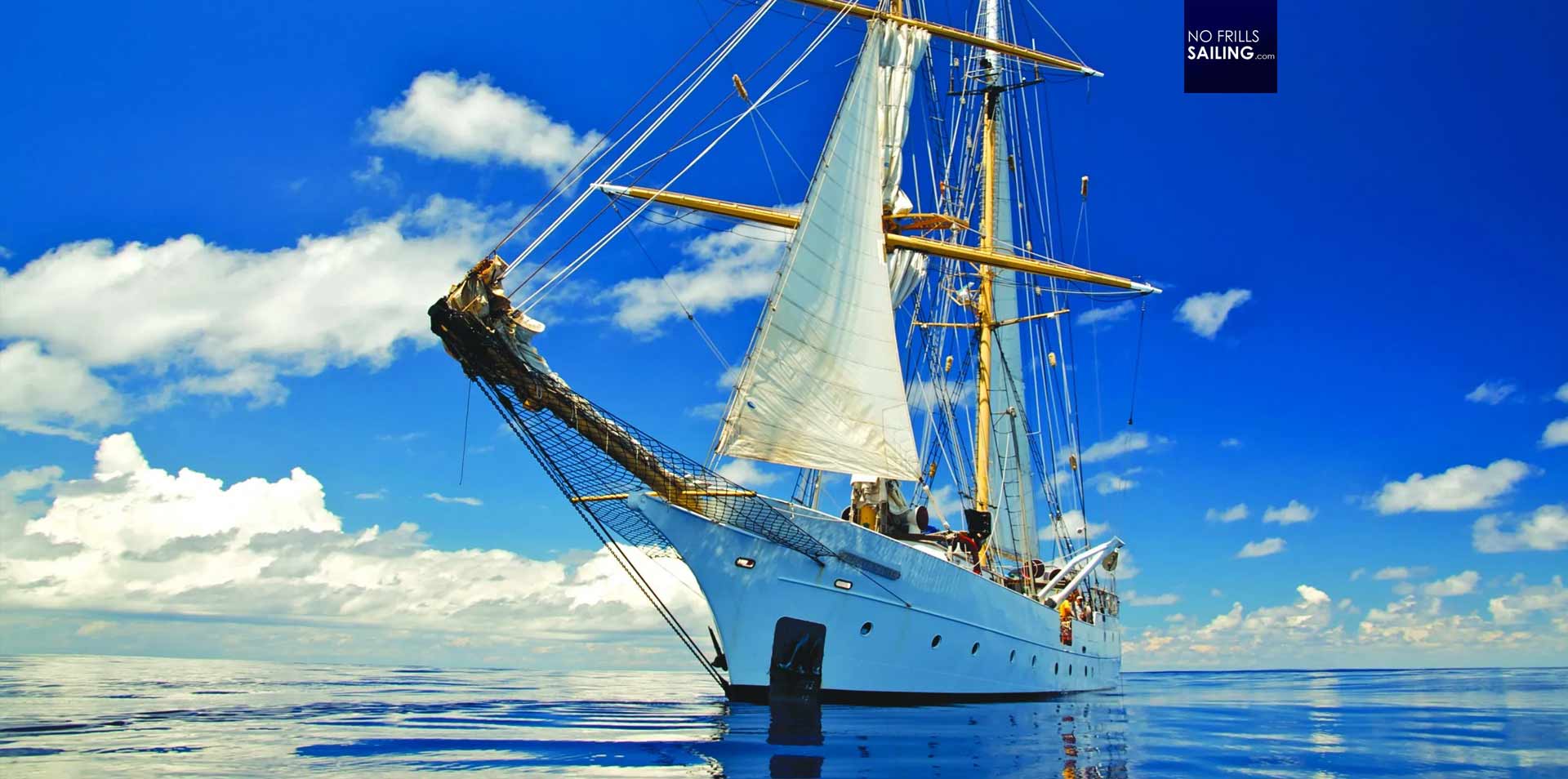
That´s also the beauty of the documentary, from a narrative and storytelling standpoint. It´s not just one another dry science-focused documentaries, but it as well shows the people, the sailing, the fun, the vastness of the ocean. It is just fun to observe the sympathetic guys going about their work, but also sail the ship and do the daily stuff like cooking. In this, I was strongly reminded of another documentary series about a tallship-journey I wrote recently a review about, check article here. But back to the CORWITH CRAMER: What´s it all about with the plastic pollution?
A realistic picture of Ocean plastic gyres
By showing the methodical and sometimes hard physical work of retrieving samples, cleansing and analyzing, we first learn how serious research is done. We learn that the real big problem is the breaking up of large plastic waste into smaller and smaller pieces. We learn that macrobiotic and – potentially more dangerous – microbial marine life will settle on these tiny bits, breaking them up even more or literally eating them up. Which is huge and frightening problem, as one of the guys says: “We are meddling with the base of the food chain.” That means, chemical components, potentially carcinogenic, will be transported all the way up through the chain – harming the whole eco-system and of course ending up in our own meals.
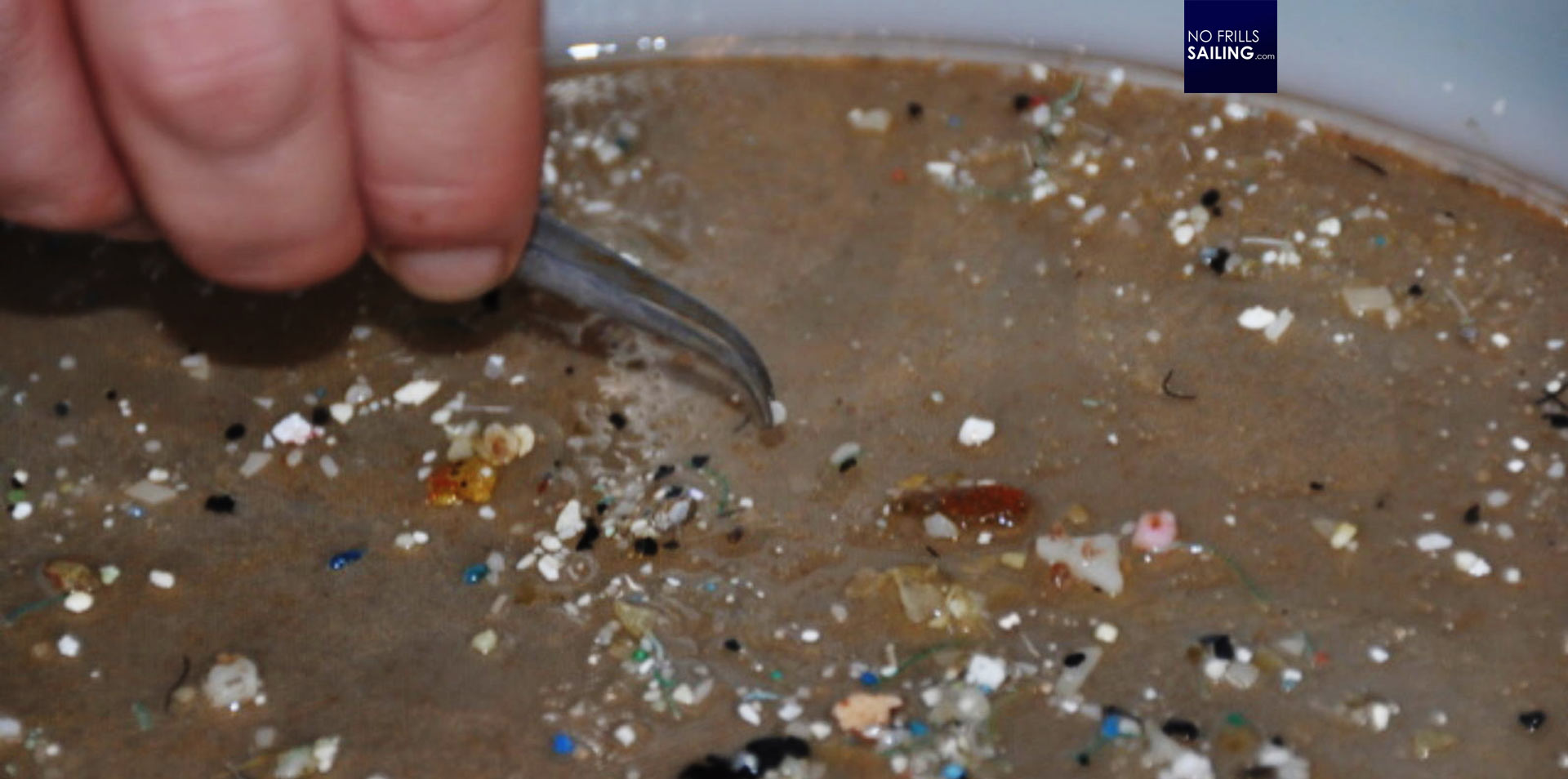
The documentary also does some basic groundwork, kind of by the way, to understand the complexity of the problem. For example, it briefly explains where, why and when plastic became so heavily used in our modern world, why single-use plastics are still the cheapest way for the industries to pack and wrap their products and which different kinds of plastics there are. All this is done in a gripping and exciting way of showing the facts and most important, without a raised finger pointing at us “sinners”.
My overall assessment: An important, entertaining and serious film
The only downside of this documentary is the relatively short running time of 44 minutes. This topic can easily be turned into a full-fledged movie. I´d say that there most certainly is much more to say. For now, it is a non-alarmist, very entertaining and exciting film. I subtly teaches facts by telling a story about relatable people on a beautiful ship sailing in sunny, blue and tempting waters.
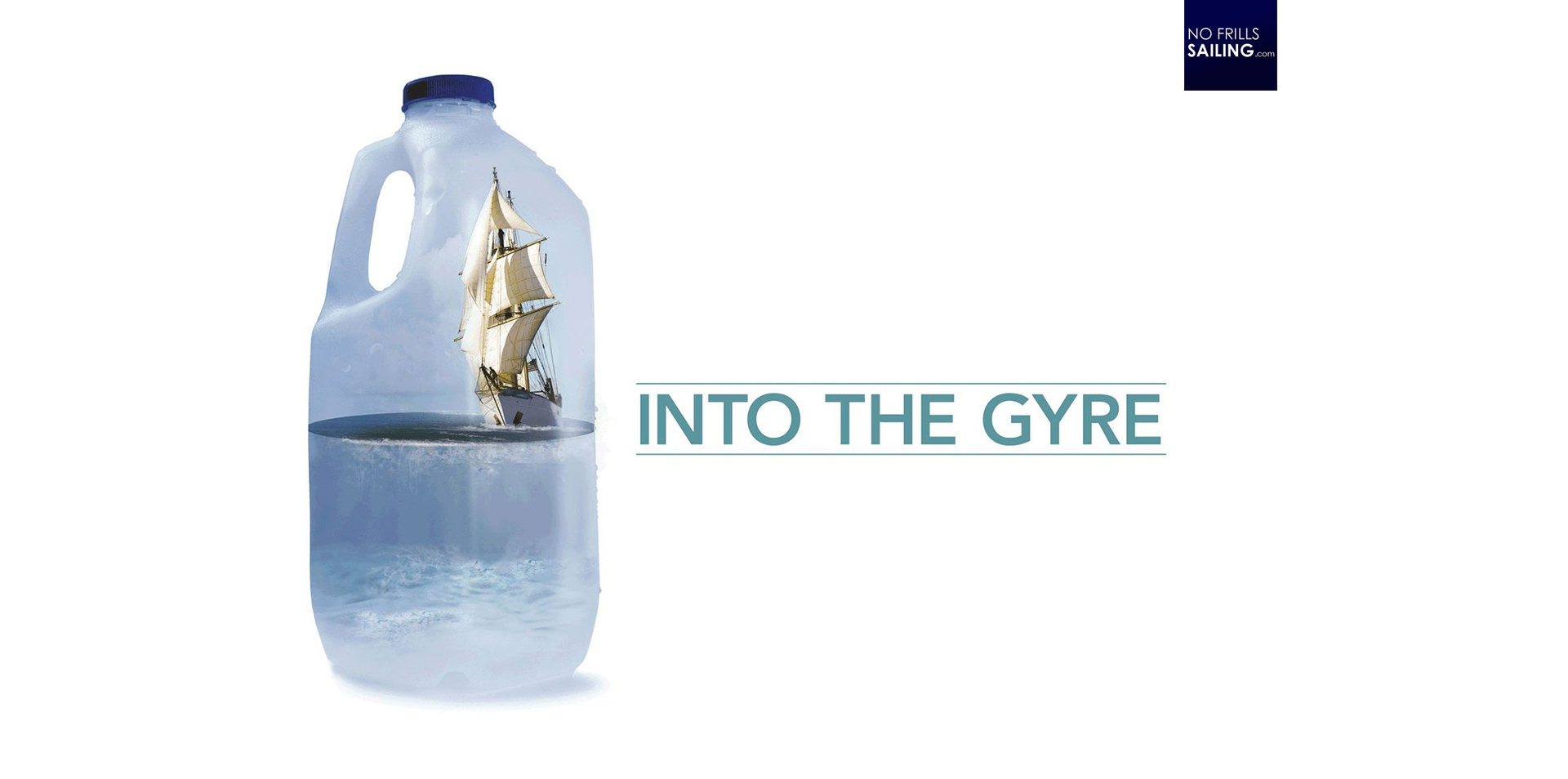
I would like to recommend to watch this film with your kids, when they are in a school-age, to teach them the seriousness of the problem without causing them to have sleepless nights or even nightmarish end-time visions of a world that is about to completely crash. This is no green propaganda-piece of a so called “last generation”, it is also not an anti-plastic piece. On the contrary, it is a cautious, educational and thus very sympathetic documentary. Absolutely worth watching!
My overall assessment of “Into the Gyre” is 9/10 points
© Pictures from “Into the Gyre” website, garbage in the Ocean from Wikipedia
Related articles you might find interesting to read as well:
We are stupid people!
A mountain of plastic: New boats come with a lot of garbage
Making vacuum infusion more sustainable in boatbuilding
